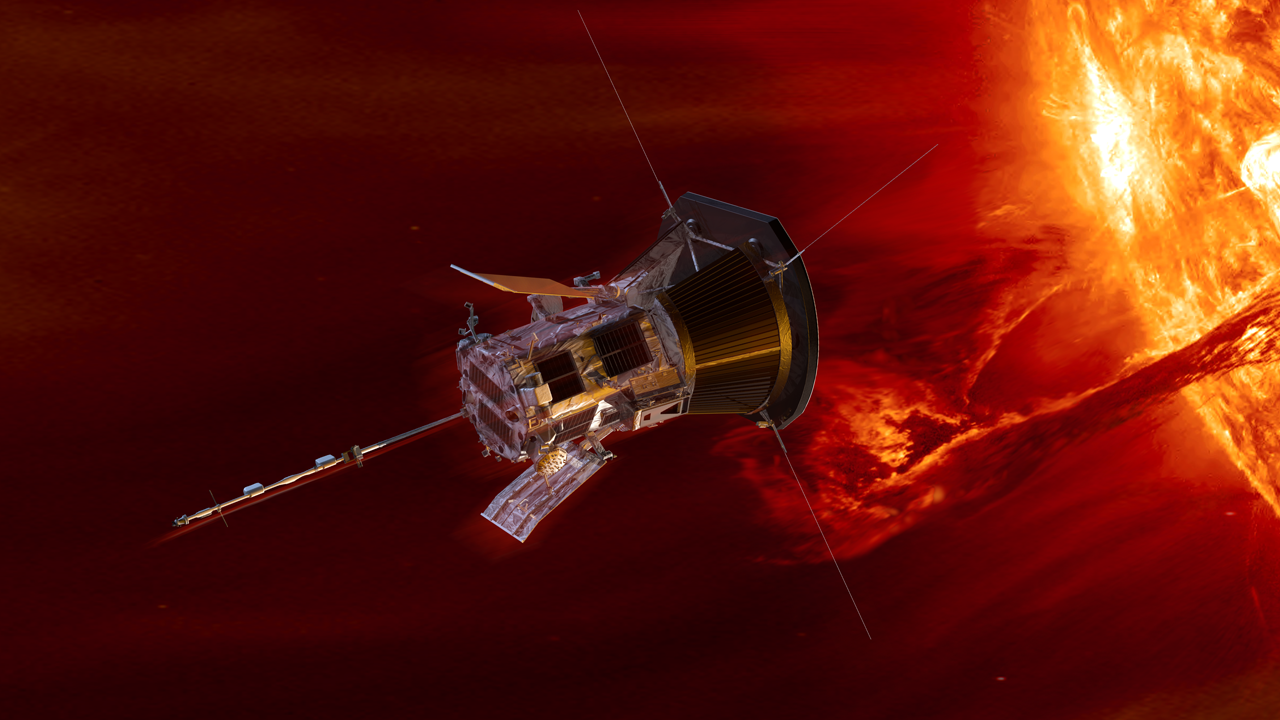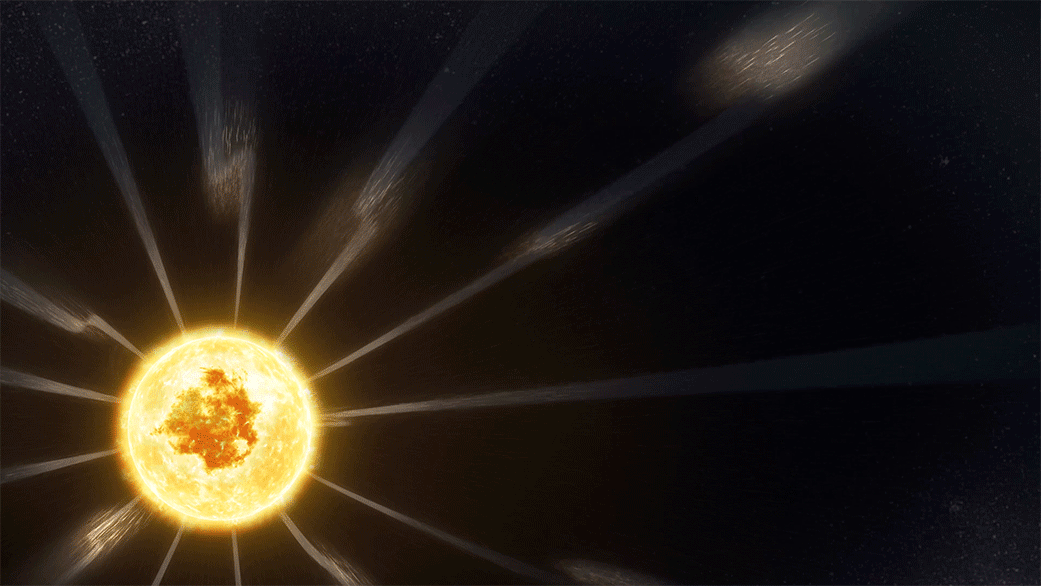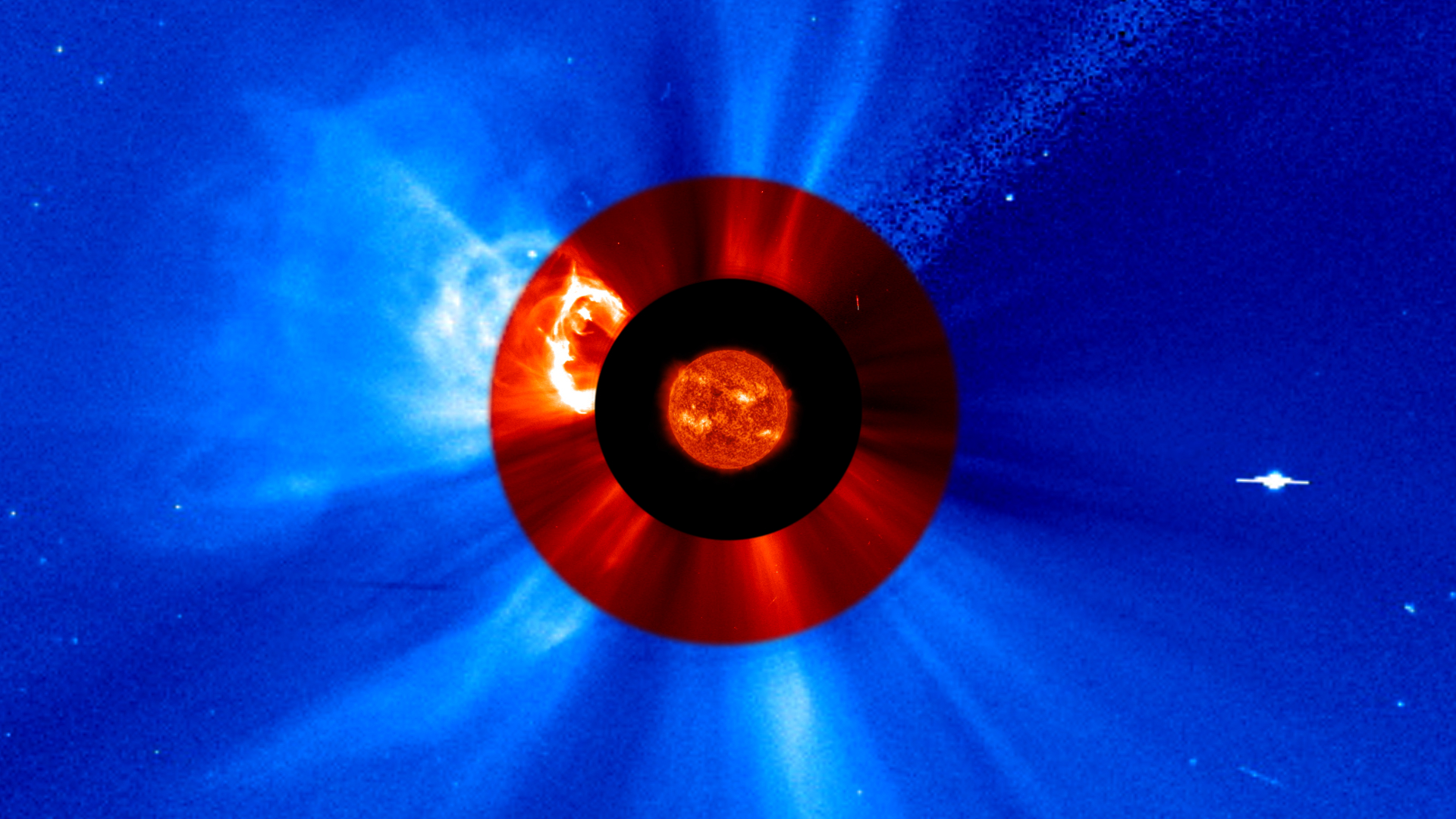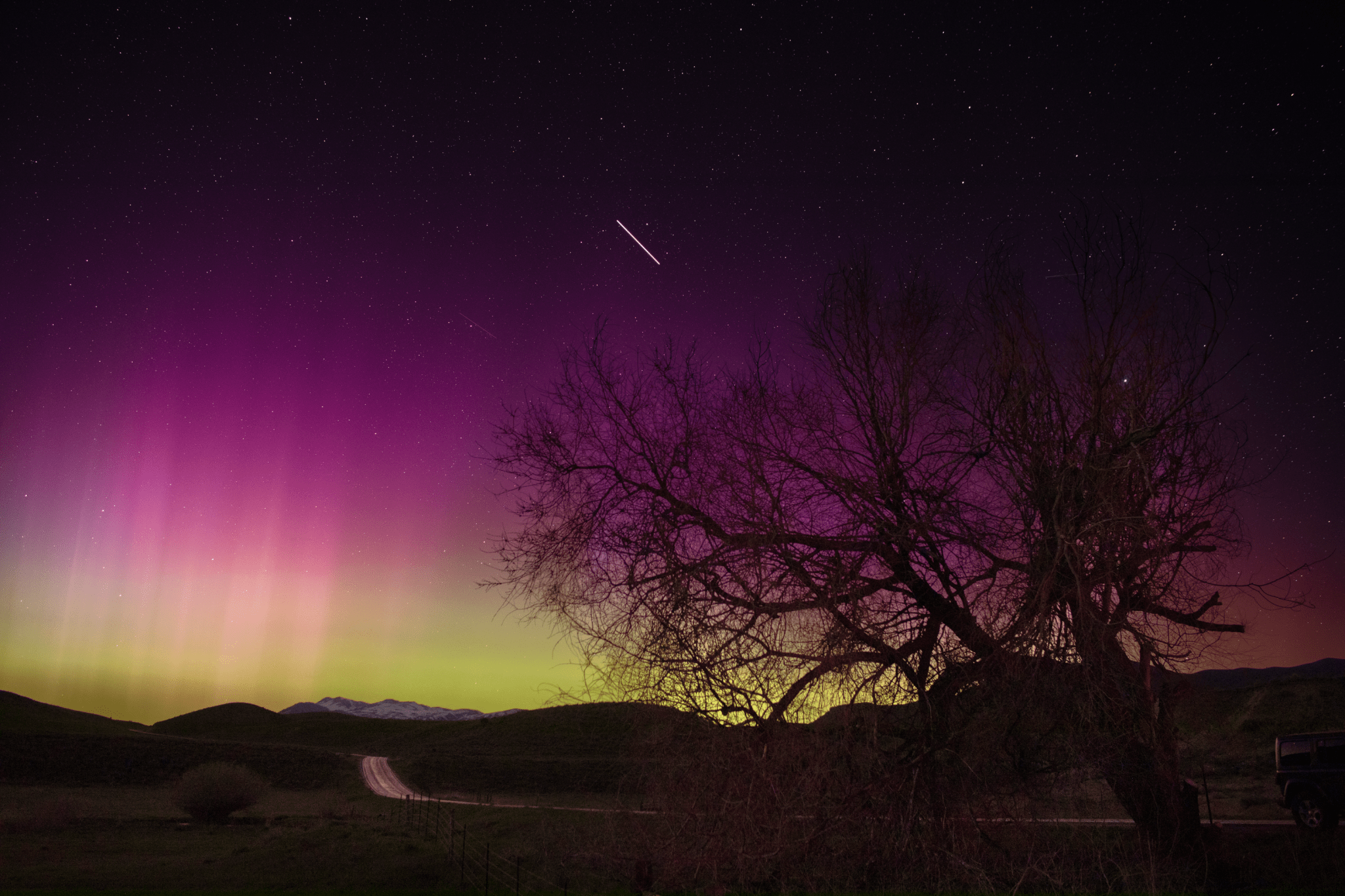5 Min Read NASA’s Parker Solar Probe Makes History With Closest Pass to Sun An artist’s concept showing Parker Solar Probe. Credits: NASA/APL Operations teams have confirmed NASA’s mission to “touch” the Sun survived its record-breaking closest approach to the solar surface on Dec. 24, 2024. Breaking its previous record by flying just 3.8 million miles above the surface of the Sun, NASA’s Parker Solar Probe hurtled through the solar atmosphere at a blazing 430,000 miles per hour — faster than any human-made object has ever moved. A beacon tone…
Read MoreTag: Solar Flares
NASA, ESA Missions Help Scientists Uncover How Solar Wind Gets Energy
5 min read NASA, ESA Missions Help Scientists Uncover How Solar Wind Gets Energy Since the 1960s, astronomers have wondered how the Sun’s supersonic “solar wind,” a stream of energetic particles that flows out into the solar system, continues to receive energy once it leaves the Sun. Now, thanks to a lucky lineup of a NASA and an ESA (European Space Agency)/NASA spacecraft both currently studying the Sun, they may have discovered the answer — knowledge that is a crucial piece of the puzzle to help scientists better forecast solar…
Read MoreNASA’s Heliophysics Experiment to Study Sun on European Mission
The Joint EUV coronal Diagnostic Investigation (JEDI) will fly aboard the European Space Agency’s Vigil space weather mission and capture new views that will help researchers connect features on the Sun’s surface to those in the Sun’s outer atmosphere, the corona. Credits: NASA NASA announced Tuesday it selected a new instrument to study the Sun and how it creates massive solar eruptions. The agency’s Joint EUV coronal Diagnostic Investigation, or JEDI, will capture images of the Sun in extreme ultraviolet light, a type of light invisible to our eyes but…
Read MoreAurora over Idaho
NASA/Bill Dunford The aurora paints the sky near Malad City, Idaho, red, purple, and green in this May 11, 2024, image. This aurora was sparked by multiple eruptions of solar material—called coronal mass ejections—colliding with Earth’s magnetic field. This interaction with Earth’s magnetic field can spark a geomagnetic storm and send particles from space rocketing down magnetic field lines toward Earth, where they excite molecules in our planet’s upper atmosphere, releasing light and creating auroras. Image Credit: NASA/Bill Dunford
Read More


